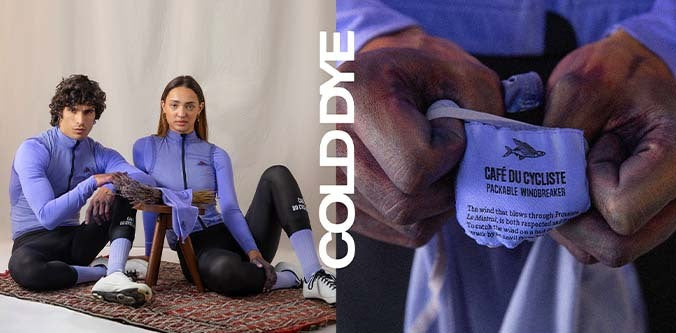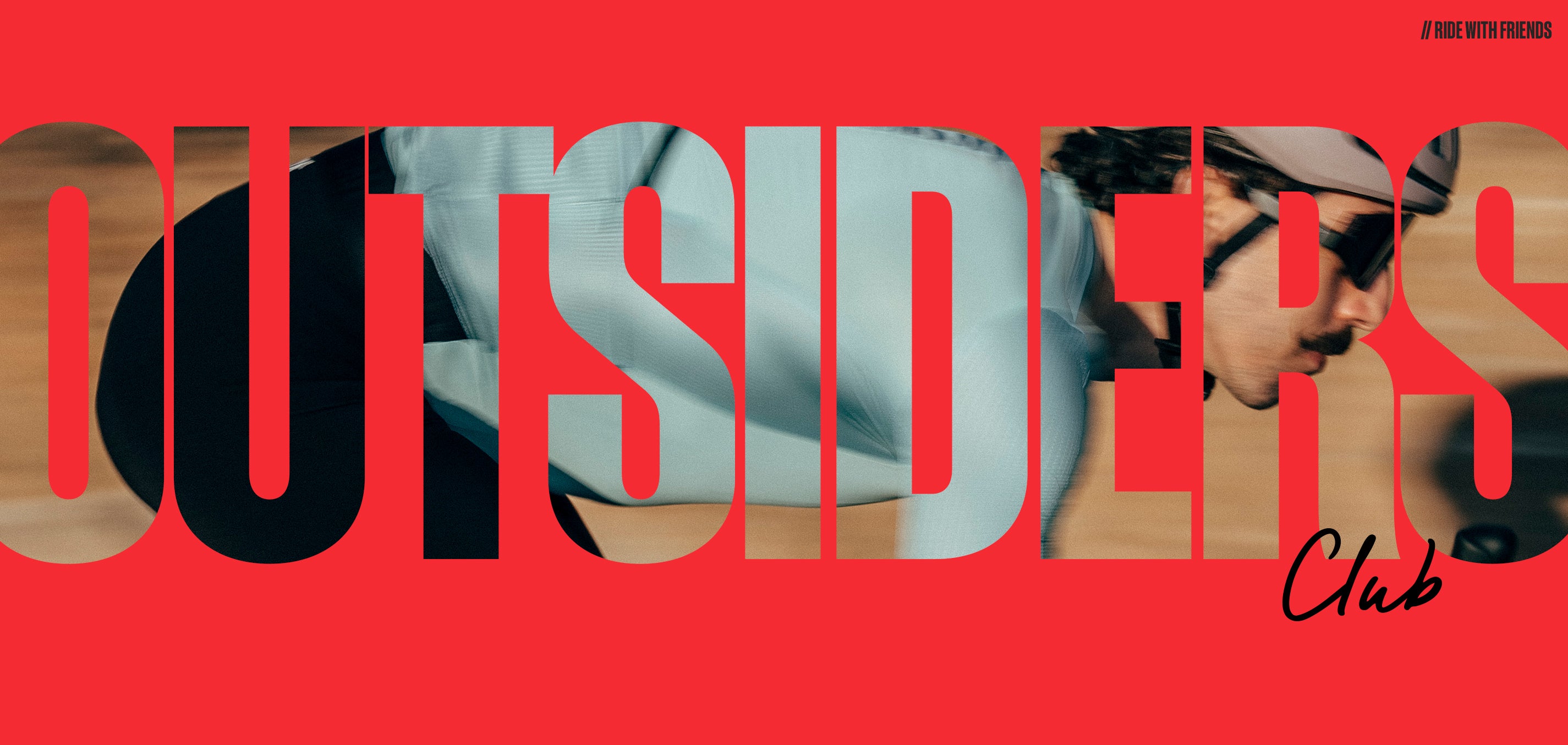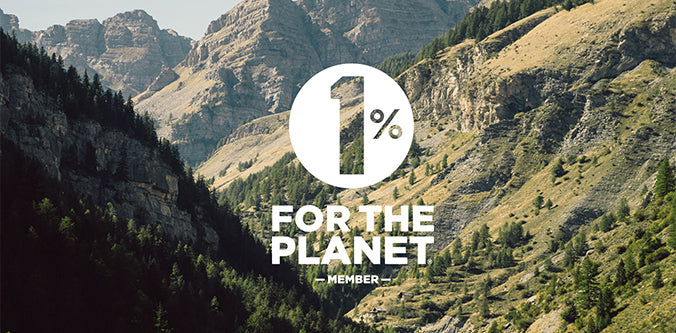Il Giro dell'Ichnusa
In Sardinian, Ichnusa means footprint and is also the ancient name of Sardinia. The legend goes that the island was imprinted by the giant foot of a Greek god; the Greeks may have started that one but it’s easy to imagine when you look at the map. Sardinia is the second largest island in the Mediterranean Sea and boasts landscapes of breath-taking beauty.
Our bikes, harnessed with panniers and sporting wide tyres, are ready for action as we board the ferry from Nice to make the journey over to this coveted island. The crossing is slow, and the weather expands as we bob further away from dry land, passing Corsica and barely recognising its rocky profile. Finally, the weather clears and the boat drops us into the early morning sun at Golfo Aranci on the north-eastern side of Sardinia.








































